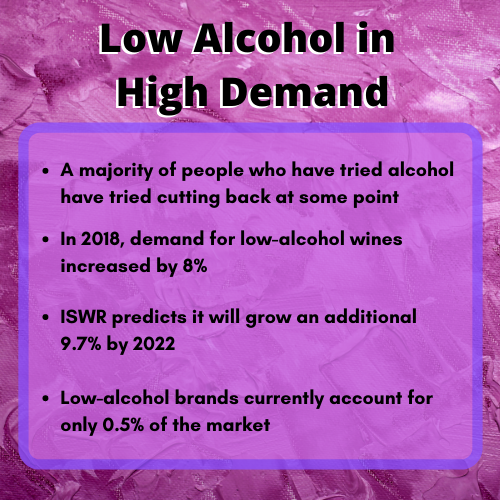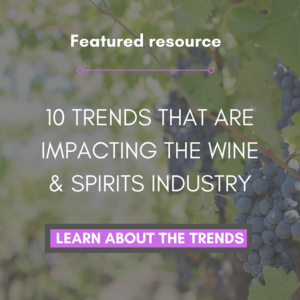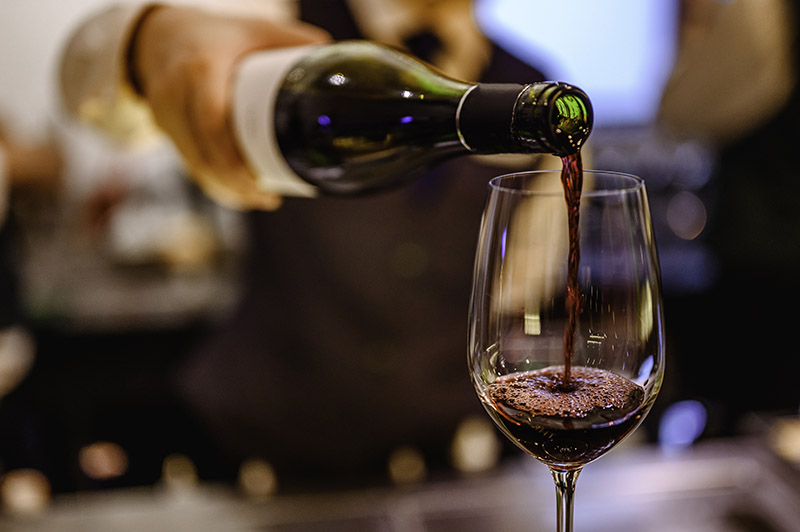As the New Year begins, many consumers will be drinking less. Terms such as “Dry January,” meaning a month of no alcohol, have gained popularity for people looking to swear off alcohol after too many holiday parties.
But this shift toward drinking less is not reserved just to January. As Millenials continue to make up a larger segment of alcohol consumers, this health-focused group is reaching for low- or no-alcohol wines in a trend called “mindful drinking.”
This is a rising trend that smart distributors won’t ignore.
More than 52% of all U.S. adults who have tried alcohol have either tried or are currently trying to reduce their alcohol intake, according to the International Wine and Spirits Record (IWSR). However, the low and no-alcohol sector barely exists in the United States. These brands make up just 0.5% of the market.
Consumers want the taste of a fine wine or a unique cocktail, but without the buzz. However, there are very few options on the market, leading brands to have the possibility for infinite potential.

It’s just the beginning for low-alcohol drinks
Demand for low-alcohol wine rose 8% in 2018, according to Mersol & Luo, and that demand will continue to go up.
In general, ready-to-drink beverages have seen an unprecedented surge in sales — a 574% market growth. These drinks-in-a-can include everything from hard seltzers and Bloody Marys to gin and tonics. ISWR predicts that the same growth will happen for ready-to-drink products, but with no- or low- alcohol versions.
ISWR predicts a Compound Annual Growth Rate of 38.8% by 2022 in this sector. They also predict low-alcohol wines to grow 17.7% and low-alcohol spirits products to grow by 7.1%.
Why the rise in low-alcohol drinks?
Millennials are looking for unique experiences when consuming wine and spirits, but they also want to do so without the extra calories and hangover the next day. Lower alcohol contents have been positively related to lower calorie counts per glass.
Drinking wine has been said to improve heart health and be a good dose of antioxidants. But pouring a glass of lower-alcohol wine has other benefits besides fewer calories. Consuming drinks that have less alcohol can reduce the risk of bowel, breast, and liver cancer by 7%, according to the World Cancer Fund.
 “With health and wellness these days, drinkers tend to look for lower sugar and calorie wines,” Alex Gorelik, co-founder/director of operations of Wine Anthology in Clark, New Jersey told Wine Magazine.
“With health and wellness these days, drinkers tend to look for lower sugar and calorie wines,” Alex Gorelik, co-founder/director of operations of Wine Anthology in Clark, New Jersey told Wine Magazine.
Another change that’s spearheading this trend is women. Female customers now make 57% of all wine purchases. This target market is also heavily engrained in diet culture and fitness trends, so the gravitation toward lower-calorie drinks makes sense.
Traditionally, if consumers did not want to drink something alcoholic, distributors predicted they’d go for a soft drink or sparkling water, but as it turns out consumers really do like the taste of wines and cocktails.
What distributors can do to capitalize on the low-alcohol trend
A report from Wine Intelligence’s 2019 Global Trends In Wine cited that “a significantly higher proportion of consumers now consider alcohol content levels when choosing wine.”
In general, brands find success when they cater to women and their wine and spirits desires. According to a WMC Female Wine Drinker Survey, 25% of women have purchased a wine label because it curated specifically to women. Regardless of the alcohol content in your wine, making it clear on the label will help consumers make an educated buying decision.
This new market segment has the potential to be a cash cow for distributors. More and more brands are announcing a new product in their portfolios, called Piquette, which re-uses pressed grapes after the initial wine is made. This leads to a product with lower sugar and therefore lower alcohol.
Analyzing your sales data and even polling current customers with an online survey can help you and your brand decide if acquiring or making a low-alcohol wine or spirits product will help increase your bottom line.
- 87% of Utilities Have Experienced at Least One Data Breach in Last Three Years - February 5, 2024
- Can Drones Lower Your Next Utility Bill? - January 10, 2024
- Onshore Wind Farms Are The Next Big Thing In Renewable Energy - December 6, 2023




